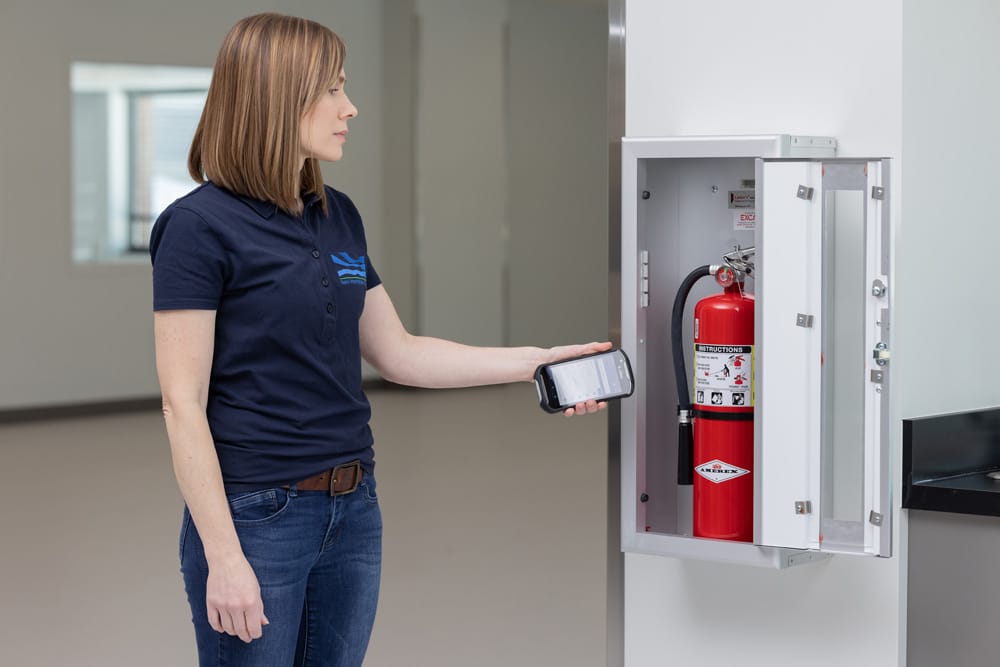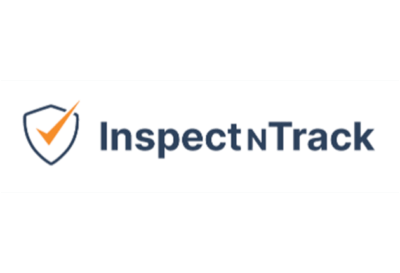These 10 fire safety tips detail the specific actions you can take to safeguard your assets, employees’ lives, and work environment from fire devastation. Invest in the future of your company with these simple steps.
In today’s rapidly evolving world, ensuring fire safety is paramount for individuals and businesses alike. Fires can occur unexpectedly and escalate rapidly, posing serious risks to lives and properties. However, with the right knowledge and precautions in place, the likelihood of fire incidents can be significantly reduced. In this article, we will delve into essential fire safety tips to help you safeguard your surroundings effectively.
10 Tips for Fire Safety
1. Install Smoke Alarms
Smoke alarms are your first line of defense against fires. In order to maximize their effectiveness, install smoke alarms on every level of your home, warehouse, or workplace. Doing so will ensure that these protective agents are close enough to alert you in a timely fashion, should there be an emergency. Test them monthly, and replace batteries at least once a year to verify that they are functioning properly.
2. Create an Evacuation Plan
Develop a detailed evacuation plan by assessing the available exits and paths to get there. Designate primary and alternative escape routes, along with an established meeting place outside. This constitutes your evacuation plan. Once the evacuation plan has been designed, share it with everyone in your household or company, making sure to clearly convey the plan and answer any questions. Regularly review your plan so that newcomers will be educated on it. Additionally, practice fire drills regularly to reinforce the evacuation procedures. This step is key to maintaining order and calm in case of emergency.
3. Keep Fire Extinguishers Handy
Place fire extinguishers in accessible locations throughout your premises. Note that different types of extinguishers are suitable for different types of fires. Because of this, take time to identify the appropriate type of fire extinguisher for your environment and have it added to your space. Train personnel on how to operate extinguishers safely and effectively. Make sure to conduct proper maintenance measures on this fire safety equipment. Though it can be a tedious process, our fire extinguisher software can speed up and simplify this vital step.
4. Maintain Electrical Systems
Electrical malfunctions are a common cause of fires. Prevent electrical disasters by regularly inspecting and attending to electrical systems, cords, and outlets. Avoid overloading circuits and use surge protectors where necessary. Replace damaged or frayed cords immediately. Although these safety measures may seem small, they can have a significant impact on the likelihood of a fire occurring.
5. Practice Safe Cooking Habits
Not all institutions have a kitchen or perform any cooking on their premises, however, this is still an important aspect of fire safety to be aware of. For those to which this applies, never leave cooking unattended, and keep flammable items such as towels and curtains away from stovetops. In the event of a grease fire, smother the flames by covering the pan with a lid and turning off the heat.
6. Dispose of Flammable Materials Properly
Carefully dispose of flammable materials such as oily rags, paper, and chemicals in designated containers. Use symbols or graphics to showcase which materials can go in which containers. Additionally, keep combustible materials away from heat sources and store them in well-ventilated areas. Personnel authorized to handle such materials should be well-informed and regularly reminded of the regulations around their work.
7. Maintain Heating Equipment
Make certain that heating systems, chimneys, and furnaces are routinely cleaned and inspected by qualified professionals. Keep flammable materials away from these heating sources. In addition, be cautious when using space heaters so that they don’t damage nearby cloth, unintentionally heat metals, or get within a concerning range of flammable objects.
8. Be Mindful of Smoking Hazards
If smoking is permitted, establish specific smoking areas away from combustible materials and deliver this information to those in your organization. Promote responsible habits such as ensuring that cigarette butts are fully extinguished and disposed of safely. Place trash cans, ashtrays, or receptacles near all entry and exit points of your building, as well as near benches to encourage proper disposal behavior.
9. Educate and Train Personnel
It is expected that workplaces provide comprehensive fire safety training to all employees. Ensure that all workers are familiar with fire hazards specific to your environment, as well as proper procedures for reporting emergencies and using firefighting equipment. Prevention will be much easier than disaster cleanup.
10. Stay Informed
Stay updated on fire safety regulations and guidelines applicable to your region. Do so by regularly reviewing and updating your fire safety protocols to incorporate any changes or advancements in safety practices. New information and technologies lead to changes in industry standards, and it is imperative to be well-educated on matters of such importance as fire safety.
3 Steps Towards Fire Safety
Initially, these 10 fire safety tips may seem overwhelming, however, you can break them down into 3 parts.
Fire safety is as simple as (1) making a plan, (2) implementing the plan, and (3) following up.
Make a Plan
As you look over the list of fire safety tips, make note of the areas where your organization is currently lacking. Here are a few questions to aid in reflection.
- Are you in need of new equipment?
- Has proper training been facilitated?
- What can be improved?
By identifying weak points in your current fire safety protocol, you can devise a plan for obtaining proper equipment and conducting necessary training. Consider what resources you may need and make a plan for how you will source your materials, install them, and conduct maintenance checks.
Write down the changes you plan to make, how you will make them happen, and when you will follow up.
Implement the Plan
Now, take that thoughtful plan and put it into action!
For some, this may mean purchasing fire safety equipment such as fire extinguishers or smoke alarms. For others, it could mean appointing someone on your team to lead out fire safety instruction. Still, others might commit to completing more thorough and regular checks on their fire safety materials.
Implementation depends highly on your company’s goals and needs. However, it is necessary for all who are seeking change.
The best way to make implementation a smooth process is clear communication and participation from all members.
Follow Up
After making significant adjustments in your fire safety protocol, it is crucial to review the changes and make sure that they accomplish what was intended.
Over time, resources or services may deteriorate if not supervised. Therefore, make sure to promptly conduct maintenance measures on fire safety equipment and review training procedures for employees.
Systematic follow-ups will lead to overall better quality control within the company and maximize preventative measures, further strengthening fire safety at your organization.
How InspectNTrack’s Fire Inspection Software Can Help
With all that your company aims to achieve, the last thing you want to be worrying about is how to manage all of the maintenance check dates for fire safety equipment.
InpectNTrack offers software that seamlessly schedules, tracks, and documents inspections and maintenance activities on any type of device or checkpoint. It is capable of managing inspections for all kinds of equipment, from sprinkler systems to fire extinguishers to manufacturing and more.
Gone are the days of manually writing down or logging spreadsheets with upcoming dates and data. InspectNTrack streamlines the process of caring for and maintaining your equipment.
Want to learn more about our fire safety software? Sign up for a demo for a more in-depth breakdown of all that this fire safety software can do!
Conclusion
Fire safety is a high priority and should be treated as such. With the 10 fire safety tips outlined in this article, you can assess the current state of your organization and use our 3-step process to plan, implement, and follow up on changes to your fire safety protocol. With these tools and the power of InspectNTrack technology, fire safety is more achievable than ever.


